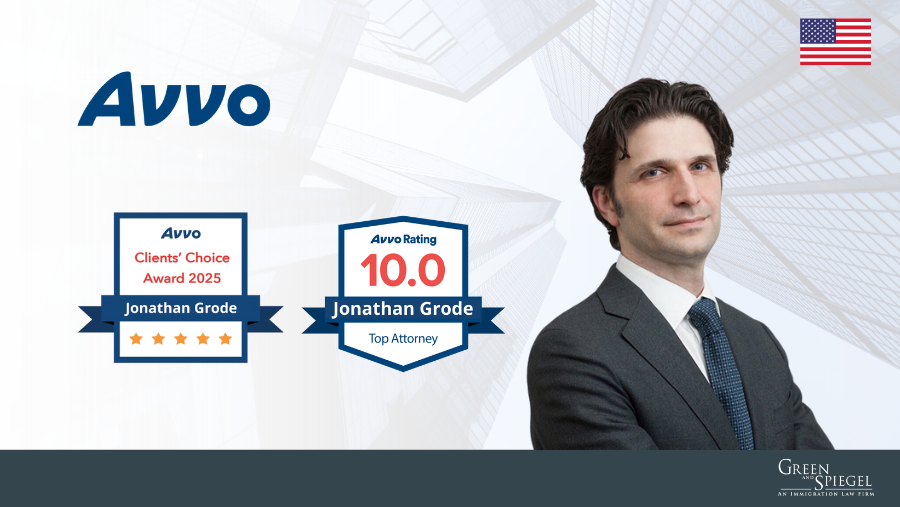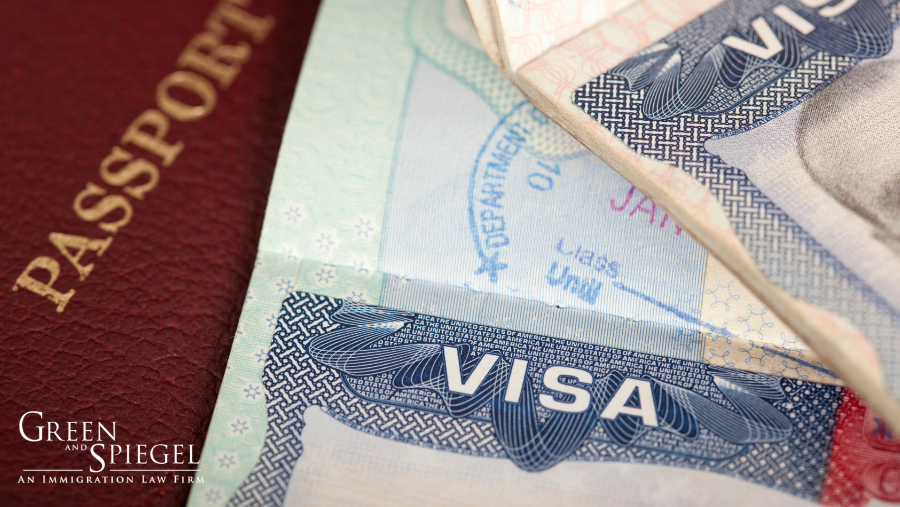BACKGROUND: U.S. employers are required to execute Forms I-9, Employment Eligibility Verification (Form I-9) for all employees. Among the documents which may be presented by the employee to show that they are authorized to work is an Employment Authorization Document (EAD) or, in some cases, a receipt showing that the employee has filed for a renewal of their EAD.
The document with which foreign nationals seek an EAD is the Form I-765, Application for Employment Authorization (Form I-765) and the U.S. Citizenship and Immigration Services (USCIS), the agency which adjudicates the Forms I-765, is woefully far behind in processing them. The backlog presents significant problems for those seeking employment, seeking to retain employment, and for employers desperate for workers.
REMEDY: USCIS has implemented a temporary rule, lengthening the automatic extension period from 180 days to 540 days from the expiration date state on the EAD.
PRACTICAL APPLICATION OF THE TEMPORARY RULE CHANGE: Foreign nationals who have a pending EAD renewal are likely covered by this rule. Those who have a gap between the expiration of their EAD validity and the May 4, 2022 rule publication date will be, in effect, placed back into work eligible status for up to 540 days, beginning with the date on their EAD. Stated more plainly, this rule is an automatic extension of Employment Authorization of 540 days, from the date on the EAD.
This presents some Form I-9 challenges for employers. In some cases, the employer terminated the employment of the foreign national whose status expired and for whom no evidence of extension and pending renewal application was presented. In such cases, the employer could seek to rehire / reintegrate the affected employee into their workforce. Many Form I-9 systems are not designed to document this change though. Even for companies which use physical Form I-9s, there are likely to be challenges in determining where to document this automatic extension.
It should be noted that Form I-9 audits may not occur for many years and, when they do, Homeland Security Investigations (HSI) may not easily recall that USCIS temporarily changed the rule and that employers were required to apply the rule as written. For this reason, it is imperative that employers document these cases carefully, noting in Form I-9, Section 2 the applicability of the rule to the particular employee. It may be helpful to attach a copy of the rule to the Forms I-9, along with the other documentation. The official rule is here: https://www.uscis.gov/newsroom/news-releases/uscis-increases-automatic-extension-period-of-work-permits-for-certain-applicants .
CONCLUSION: The responsibility for verifying identity and employment authorization of employees remains on the employer. This automatic extension is temporary and relates to the specific problem of USCIS’ inability to deliver timely EADs. The extension will come to an end and, when it does, it will be on the employer to demonstrate that the rule was applied correctly.
The Green and Spiegel compliance and enforcement practice has been monitoring this evolving situation closely and we will continue to update our blog and provide E-Alerts to advise on the latest developments. We have the experience and capacity to serve client compliance interests well. If your company wants help with such matters, please contact our Corporate Compliance Practice. You can also call or text me directly at 484-645-4194 or email me at dspaulding@gands-us.com.
DISCLAIMER: Please note, nothing we post here is legal advice, nor does reading anything we write or communicating with us on or through social media form an attorney/client relationship between us. Choosing an attorney is a serious matter and should not be based solely or primarily on advertising or any other public communication of an attorney or law firm.







